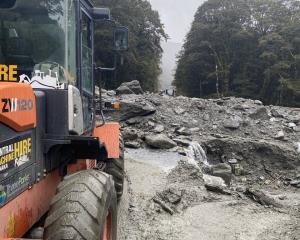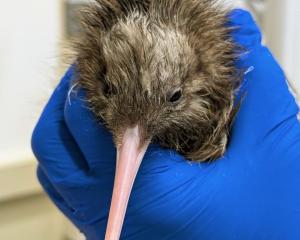Four workers on the West Coast were exposed to 1080 above the maximum daily limit, the Environmental Protection Authority’s (EPA) recent annual report on the aerial use of the poison says.
The incident is listed as having occurred in late August 2018.
‘‘Post-operation toxic health monitoring identified four workers had been exposed to 1080 above the maximum daily limit,’’ the recently-released report says.
‘‘WorkSafe was notified to follow up on this matter.’’
WorkSafe New Zealand said it could not immediately find any record of the incident, and referred inquiries back to the EPA.
The EPA said it was the role of the operator to report any incidents to WorkSafe.
‘‘In this particular case, the operator was Ospri and the quoted statement indicates that they reported the incident to WorkSafe at the time of the operation, as opposed to the EPA notifying WorkSafe,’’ an EPA spokesman said.
Nationally, there was only one instance of non-compliance with Hazardous Substances and New Organisms Act controls, in King Country.
An inquiry into eight cattle deaths at Mapara found the Department of Conservation breached one of its standard operating procedures, but the breach did not contribute to the deaths.
Nationally, 230 water samples were tested.
All but six were clear, and those that were not did not exceed the Ministry of Health’s provisional maximum acceptable value for 1080 in drinking water.
The region with the largest area of treated land was the West Coast (190,577ha).
—From the Greymouth Star
Summary of West Coast 1080 incidents
Karamea Bluffs and Stormy Ridge
- A landowner found two dead feral deer. No evidence of a breach of HSNO controls.
- Complaint about the timing of an operation by a commercial deer recovery operator.
Karnbach, Poerua and Mikonui
- An anonymous complaint alleging poisoning of cows; no evidence found.
- An adjoining landowner found dead feral deer near the bush line; no breach.
- A landowner alleged that toxin had been applied in the Harold Creek catchment bed and banks. No evidence found, 25 water samples were clear.
- Toxic bait was found to have been applied to a previously unidentified hut inside the control area. The hut is not managed by Doc; a contractor visited the area and removed a small amount of baits. The hut's roof water supply intake was disconnected, the tank flushed and alternative drinking water supplied.
- A complaint that toxin had been misapplied to a track; no evidence of a breach.
- A complaint about excessive dust-drift and inadequate personal protective equipment; no evidence of a breach.
- Complaint about workers being exposed to 1080 in August 2018. Post-operation toxic health monitoring identified four workers were exposed to 1080 above the maximum daily limit. WorkSafe was notified to follow up.
Paparoa Range
- Spinner on the bucket under the helicopter was missing.
- A pilot parked the aircraft nose up-slope and on a slight knob between loads. The aircraft sat back on its heels and the tail rotor stinger rested on the clay ground.











